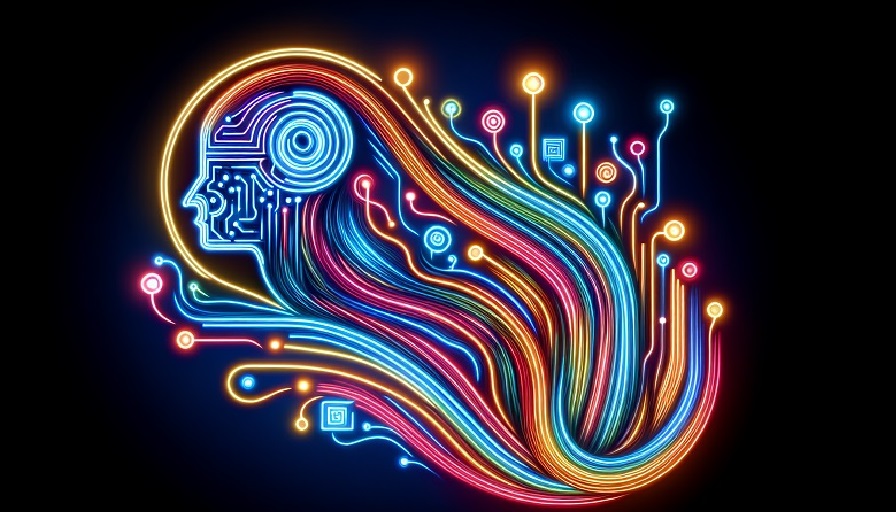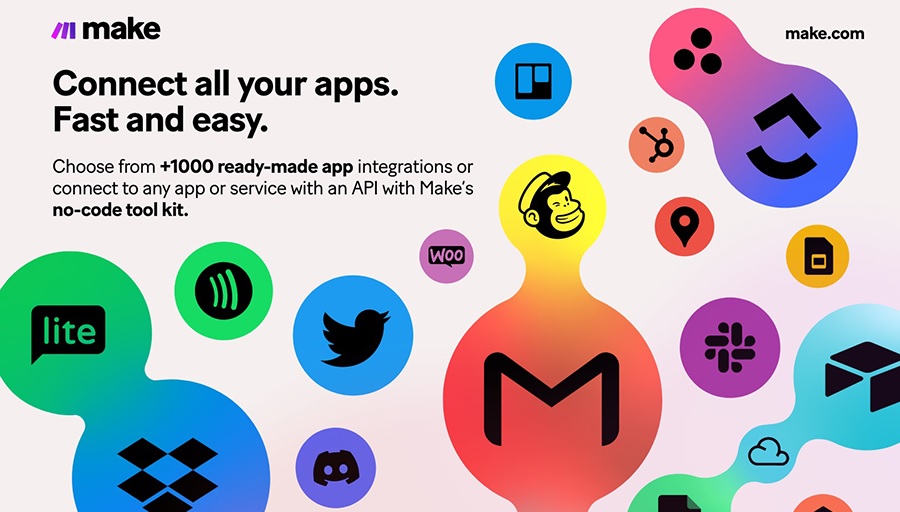
Work as we know it is changing. For decades, technology has assisted employees by speeding up tasks or providing tools to manage complexity. But autonomous AI agents represent something different: a shift from tools that follow instructions to systems that can think, act, and learn with minimal human input. These agents are not just reactive assistants, they are proactive colleagues that execute workflows, make decisions, and adapt in real time. This is why many experts believe autonomous AI agents will define the future of work.
Contents
What Makes an AI Agent Autonomous?
An AI agent becomes autonomous when it can handle goals without step-by-step direction from a human. Instead of waiting for instructions, it:
- Understands objectives: Knows what outcome it should achieve.
- Plans actions: Chooses the best steps to meet those objectives.
- Acts independently: Executes tasks across systems without manual triggers.
- Adapts dynamically: Adjusts when conditions change or unexpected events occur.
- Learns continuously: Improves from experience and feedback loops.
This autonomy moves AI beyond being just another productivity tool. Instead, agents become operational teammates embedded into the fabric of work.
How Autonomous AI Agents Reshape Work
Reducing Routine Work
Employees spend countless hours on repetitive, low-value tasks like updating records, processing requests, or generating reports. Autonomous agents take on these responsibilities, freeing workers to focus on creative and strategic efforts.
Making Faster Decisions
In fast-paced industries, delays in decision-making cost money. Autonomous agents analyze data instantly, run simulations, and make real-time decisions – whether it’s routing deliveries, adjusting pricing, or responding to security threats.
Collaborating Across Systems
Modern organizations rely on dozens of platforms that don’t always communicate well. AI agents act as bridges, integrating information across systems and ensuring workflows run smoothly from end to end.
Proactive Problem Solving
Unlike traditional automation, which waits for triggers, autonomous agents anticipate issues. For example, they may predict a server outage and reroute workloads before downtime occurs. This proactive approach makes businesses more resilient.
Industries Leading the Way
Healthcare
Hospitals deploy autonomous agents to monitor patient vitals, flag emergencies, and even suggest treatment options. Agents reduce staff burden and improve outcomes by acting faster than human teams can.
Finance
In banking, autonomous agents detect fraud, manage transactions, and advise customers. They respond instantly to suspicious activity, preventing losses in ways manual monitoring never could.
Logistics
Supply chains rely on agents to manage shipments, reroute deliveries, and optimize routes in real time. They make autonomous decisions to avoid delays, balancing costs and customer expectations.
IT Operations
Autonomous agents monitor networks, detect threats, and deploy fixes automatically. Cybersecurity teams benefit from having AI that acts within seconds when threats appear.
Benefits of Autonomous AI Agents
- Efficiency: Tasks are completed faster and more consistently than manual methods.
- Scalability: Agents handle growing workloads without adding staff.
- Accuracy: Data-driven decisions reduce human error.
- Innovation: With routine tasks handled, employees focus on creativity and growth.
- Resilience: Agents anticipate problems and mitigate risks proactively.
Challenges of Moving Toward Autonomy
Trust and Transparency
Businesses may hesitate to give AI full control. The “black box” problem – where it’s unclear how AI reached a decision – creates challenges for accountability and trust.
Bias and Fairness
Agents trained on biased data may make unfair or harmful decisions. Continuous monitoring and ethical safeguards are critical for fair outcomes.
Integration Complexity
Autonomous agents need access to multiple systems. Ensuring secure, seamless integration across platforms can be technically challenging.
Workforce Concerns
Some employees fear being replaced. In reality, autonomous agents are designed to complement human work, not replace it. Effective communication and change management are essential for adoption.
Steps to Prepare for Autonomous Agents
Start with Defined Use Cases
Choose processes with clear rules and measurable outcomes, such as incident response or order fulfillment. Prove value in these areas before scaling.
Build Strong Data Foundations
Autonomous agents need clean, accurate data. Invest in data governance and ensure systems are integrated to provide agents with reliable information.
Implement Guardrails
Define clear boundaries for what agents can and cannot do. High-risk decisions may require human review until confidence grows.
Promote Human-AI Collaboration
Train teams to work alongside agents. Highlight how automation reduces repetitive work so humans can focus on higher-value contributions.
The Future of Work with Autonomous AI
In the near future, autonomous AI agents will not only support workers but also collaborate with each other. Imagine a finance agent working with a supply chain agent to optimize purchasing decisions in real time, or a customer support agent sharing data with a marketing agent to improve retention strategies. These agents will form interconnected ecosystems that run large portions of business operations seamlessly.
As autonomy increases, the role of humans will shift toward strategy, creativity, and oversight. The future of work will not be humans versus machines, but humans and agents working side by side – each doing what they do best.
Autonomous AI agents represent more than just another productivity tool. They are reshaping how work gets done, shifting humans away from routine tasks and toward innovation and leadership. While challenges around trust, bias, and integration remain, the benefits are too great to ignore. Businesses that embrace autonomous agents now will be better positioned to thrive in a future where adaptability and resilience define success.

